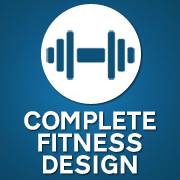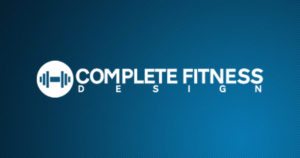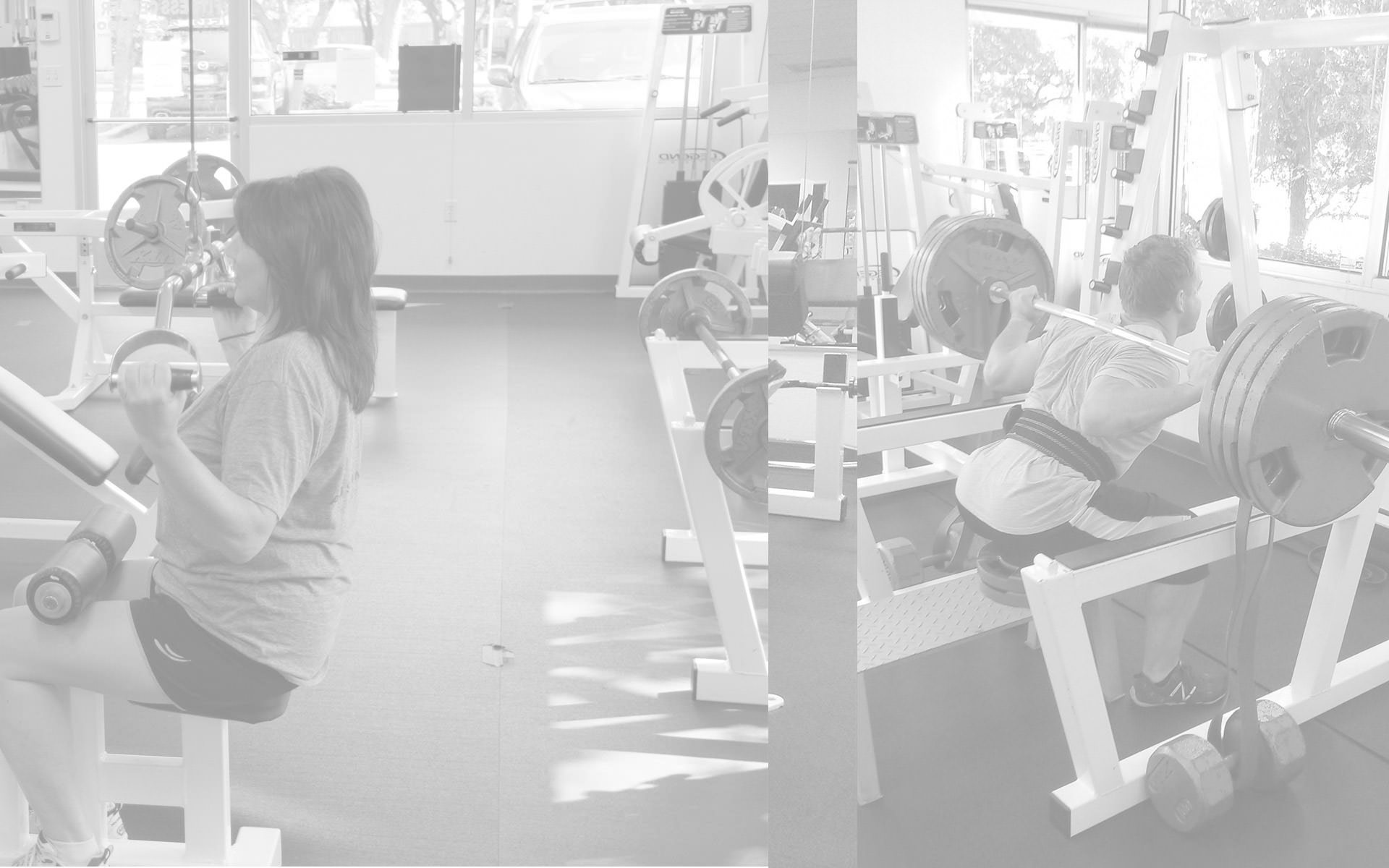What is Cupping?
There’s a big to do about red spots, coupled with great curiosity at this year’s Olympics. Everyone across the globe is asking what the big red circles on Michael Phelp’s body are. Some people have speculated it must have something to do with the notoriously poor conditions at the athlete’s village. Others are suggesting an allergic reaction to whatever is in the water. While those speculative answers are certainly amusing, the real answer is cupping.
What exactly is cupping? Cupping is a Chinese medicine massage technique wherein heated glass cups are placed upon the body thus creating suction. Athletes like Phelps use it to combat residual muscle soreness. Others, who aren’t world class athletes use it to help pull the skin away from the bone, and thus create greater blood flow. Others still, say it is a great massage tool as it will elongate connective tissue since the cups create suction and a pull from the bones.
Does cupping work?
Despite it’s popularity with some athletes, and the fact that it’s popularity will escalate enormously with non athletes because of the fact that famous Olympic athletes embrace it, there are no worthwhile studies that support any benefit from cupping. Several studies were done in the past few years that extolled it’s virtues, but were deemed sloppy and unreliable and therefore, worthless.
If cupping is not effective, is it really worthless? As an Austin personal trainer for over 20 years, I would argue not. If an athlete is given a mental edge from a placebo effect, what is the harm? Since there have never been shown to be any negative effects from cupping, the practice is harmless, at best. The only thing negative, like any practice, will be the under qualified and uneducated offering the service. Without a good anatomical knowledge, it could be potentially harmful as lymph nodes could be pulled, etc. This is not unlike anything else in the health and fitness field. An uneducated, unknowledgeable personal trainer can easily cause more harm than good. It really applies to any profession.
The upshot on cupping is that while I wouldn’t recommend the practice to any of my clients, whether they are professional athletes, or not, I wouldn’t argue against someone who wanted to try it. I believe in myofascial release techniques as they have been proven to work and that is staple of my corrective flexibility training for over 20 years as a successful personal trainer in Austin. Ultimately, it’s up to you what you do with your body. If you are doing something that you enjoy, and that you feel gets you a better result, so long as it’s not dangerous, more power to you.
Ready to Get Started?

Andy

Latest posts by Andy (see all)
- Workout Motivation: How To Get Motivated To Work Out - March 9, 2022
- Body Fat Types: Subcutaneous and Visceral Fats - June 1, 2019
- Why Diets Work If You Stick With Them - April 1, 2019





